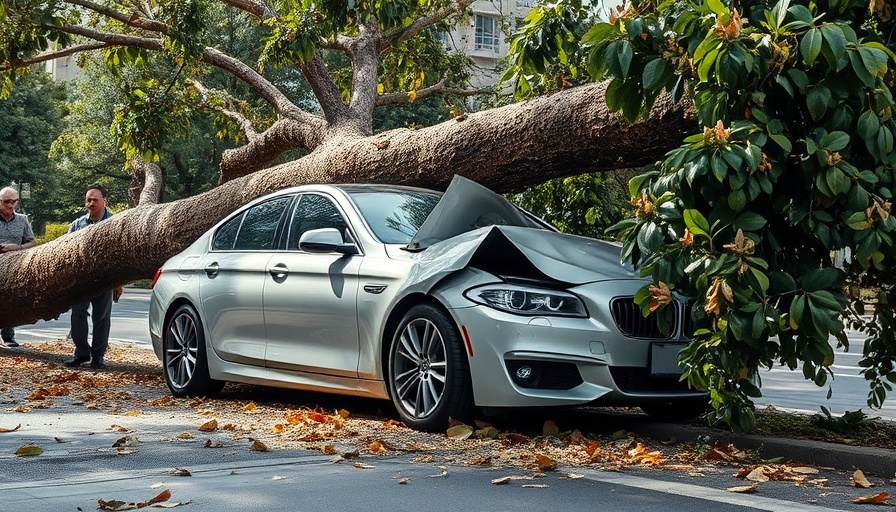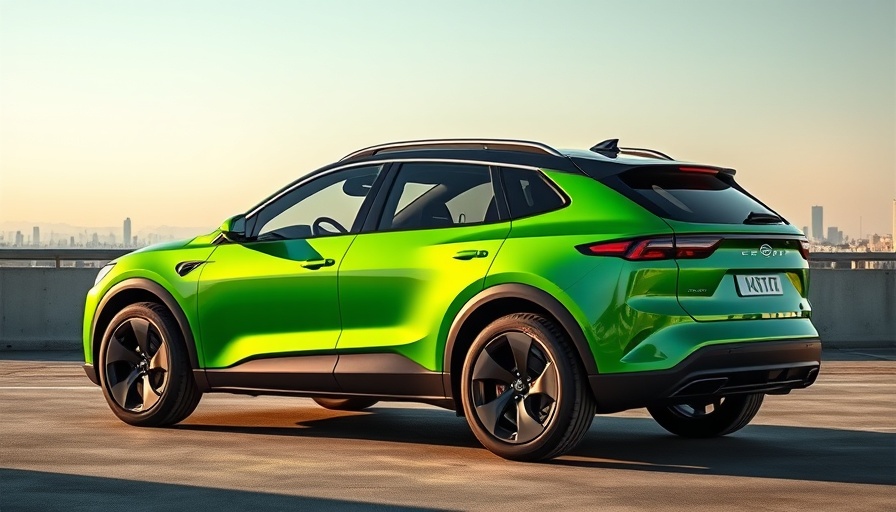
Understanding Auto Insurance Inflation Trends
As the economy begins to stabilize post-pandemic, the auto insurance landscape faces another challenge: rising costs driven by inflation and external factors such as trade tariffs. According to a recent report by Insurify, the average premium for full coverage auto insurance could see an increase of up to 7% by the end of the year if trade tariffs significantly affect insurance providers.
The Role of Trade Tariffs in Insurance Costs
Trade tariffs, particularly on foreign-sourced materials, are exacerbating the problem. These tariffs have raised the cost of auto parts, contributing to the rising premiums that consumers will have to bear. Insurify notes that prior to the tariffs, insurers had begun to stabilize their rates after several years of increases. However, now these extra duties are causing a resurgence in costs. More than half of U.S. states even saw rate reductions earlier this year, but this trend could reverse rapidly due to these tariff actions.
Severe Weather and Its Impact on Premiums
Severe weather events also play a significant role in rising auto insurance costs. For example, the recent wildfires in Los Angeles destroyed a staggering 6,300 vehicles, pushing claims through the roof. Similarly, the aftermath of hurricanes in Florida resulted in over 100,000 insurance claims. Such incidents create an uphill battle for insurers who must balance the need to pay out claims with maintaining affordable premiums for consumers.
What Do Rising Premiums Mean for Consumers?
A 4% increase translates to an average annual premium of $2,402, while a possible 7% hike could raise premiums to about $2,472. This incremental increase might seem minor but layered on top of the already significant 40% increase between 2022 and 2024 makes it a concerning trend for drivers across the nation. For car dealership owners and general managers, understanding these dynamics is critical, particularly as they continue to mentor their teams on how these changes affect auto sales and financing options.
Navigating the Changes in Auto Financing
Dealerships need to prepare for this evolving scene and adapt their training programs. Incorporating topics such as auto sales training or online automotive training courses can provide staff with the necessary tools to navigate the financial landscape brought on by inflation. These offerings can be vital in helping teams understand both the selling process under increased financial pressure and how to ensure customers get the best deals regardless of rising costs.
Conclusion: Be Prepared for Changes in the Auto Insurance Market
Amidst rising costs and economic changes, it's imperative for dealerships to remain informed about auto insurance inflation trends. Training your teams on the financial implications of insurance costs will not only enhance customer interactions but also position your business to handle challenges effectively. For more info call: (860) 707-9125.
 Add Row
Add Row  Add
Add 




Write A Comment